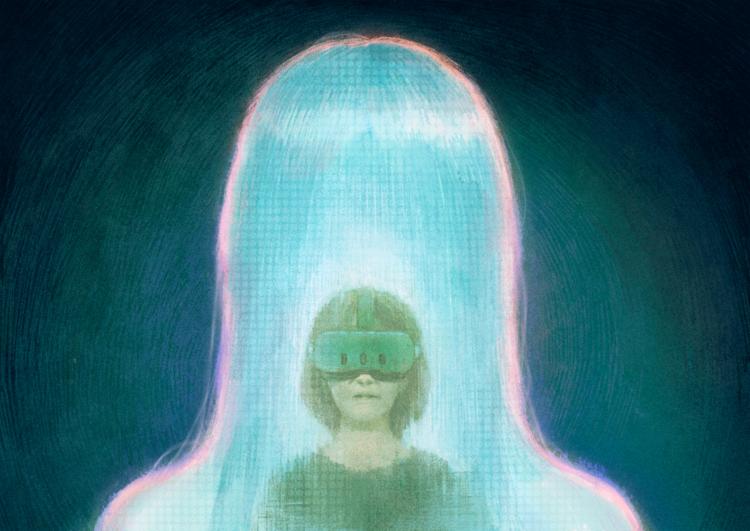
The Age of AI Ghosts

People can experience a digital afterlife with a loved one.
Each day, AI plays a greater role in our lives. Soon, it could also transform the way we interact with the dead.
“Today, you might interact with a Facebook memorial page for grandpa after he dies. But what would it feel like to actually sit down with grandpa by the fire and have a conversation with him?” asked CU Boulder information science professor Jed Brubaker.
In a spring 2025 research paper, Brubaker predicts a future in which individuals routinely create custom “AI agents” to interact with the living after they’re gone. And he and his students have already begun beta testing their own “AI ghosts” to gauge how people feel about them.
Rudimentary versions have been around for years, he noted. After musician Lou Reed died in 2013, his life partner created a text-based chatbot (trained with Reed’s writings, songs and interviews) that she still, reportedly, converses with. And, in 2019, a grieving mother famously used a virtual reality set-up to play with an AI version of her young daughter, who had died years earlier.
Startups like Re;memory and HereAfter AI already help the living create posthumous digital versions of themselves, using pre-recorded video and audio clips.
But Brubaker is most intrigued by what’s coming in the next innovation wave: Powered by tech features that enable autonomous next-gen bots to understand language, remember and make decisions, forthcoming “AI ghosts” could do far more than regurgitate old stories.
For instance, they could have a live conversation about current events, write a new poem or help their kids manage their estate. But along with promise comes peril.
Can interacting with an AI ghost become unhealthy? How can one be sure no one will make a ghost out of them, against their will? When and how should a generative ghost die?
Brubaker doesn’t have the answers yet, but he hopes his research will get tech companies and policymakers thinking.
Illustration by Hokyoung Kim

